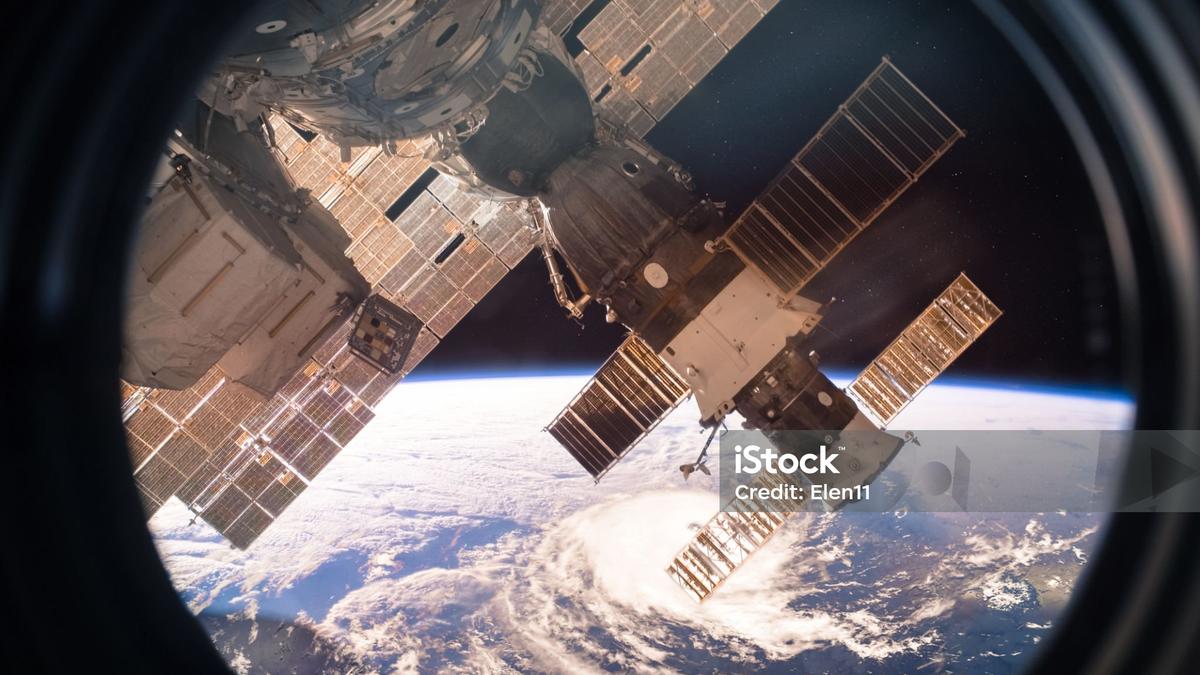Quiz | Easy as Sunday morning: Space and beyond
View of planet Earth from outer space from the window of the International Space Station.
1 / 10 | Born on this day in 1620, Jean Picard was a French astronomer who in 1669 conducted an arc measurement survey by measuring one degree latitude along the Paris meridian using triangulation with 13 triangles extending from Paris to the belfry of Sourdan. He became the first person to accurately measure what we now know is 51,00,72,000 km2. What did he measure?
2 / 10 | 02:56 Coordinated Universal Time In 1969, the Mare Tranquillitatis (Sea of Tranquility) became an important part of human history. It is made mostly of basalt and is light blue in color due to its high metal content and was chosen because it is relatively flat. What happened at this place 46 years ago?
3 / 10 | On July 21, 2011, NASA’s 32-year-long Space Shuttle program ended with the landing of Space Shuttle OV-104 on mission STS-135 at NASA’s Kennedy Space Center. The 135th and final Space Shuttle mission was to deliver payloads to the International Space Station (ISS). The shuttle was named after a research ship, which itself was named after a mythical lost continent. What was the shuttle named?
4 / 10 | This planet takes 165 Earth years to complete a full orbit around the Sun and was discovered by a group of astronomers based on mathematical calculations on the night of September 23-24 in 1846. Which planet is this?
5/10 | Soviet cosmologist Igor Novikov put forward the existence of a hypothetical object as part of the solution to one of the Einstein field equations. It is a region of spacetime and singularity that cannot be entered from outside, although energy-matter, light and information can escape from it. A reference to another famous object that is exactly the opposite, it is known as what?
6/10 | Assembling the ISS involved a lot of mechanical work, such as welding, which would be easy on Earth, but nearly impossible in space. In the vacuum of space, it is difficult to control shielding gases or generate heat using conventional welding methods. In fact, if two surfaces of the same metal are brought close to each other and pressed, electrons are exchanged and they join. What is the name of this method?
7/10 | The region of space in which a body’s magnetic field dominates is called the magnetosphere. The Earth’s magnetic field extends 64,000 kilometers. The largest and strongest field belongs to a planet whose field is so large that it can even contain the Sun. If it were visible, it would actually be larger than the Moon in our sky. Which planet is this?
8/10 | Lucy is a star in the constellation Centaurus. It was first thought to be a dim white dwarf, but it turned out to be incredibly dense, with a mass only one-third that of the Sun’s diameter. Astronomers were able to study the vibrations of the star and figured out the reason for its extremely dense core, hence the name ‘Lucy’. The carbon core of the star had crystallized into what?
9/10 | It takes only 88 Earth days to revolve around the Sun (in one year on Earth). However, it rotates much slower around its axis, so each ‘day’ on this planet lasts 176 Earth days. Which is this planet where a day is twice as long as a year?
10 / 10 | In 2009, astronomers were able to chemically analyze the center of the galaxy and found that there was a giant cloud of ethyl formate that slowly spread out across the galaxy. This helps us understand the prevalent smell and taste of our solar system. What alliterative combination of berry and drink did astronomers use to describe the taste of the galaxy?


